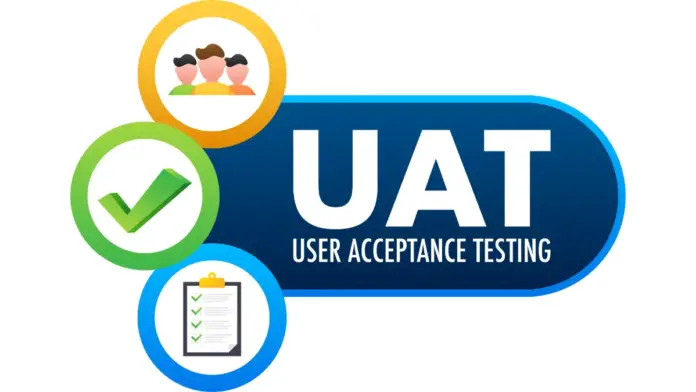In software development, User Acceptance Testing (UAT) serves as a pivotal phase: it allows end-users to validate the system’s alignment with their unique needs. Factors that significantly enhance UAT effectiveness include – clear acceptance criteria; effective communication and user involvement. Moreover, when we integrate automation UAT testing tool into aspects such as documentation and workflows–this can significantly streamline the UAT process. In this article, we delve into the pivotal factors that influence successful User Acceptance Testing (UAT).
Clearly Defined Acceptance Criteria
Initiate with well-defined acceptance criteria: these articulate the system’s expected behavior. Such benchmarks not only lay a robust foundation for testing but also guarantee an understanding—shared across all stakeholders—of what indeed constitutes successful outcomes.
Effective Communication
During UAT, it is vital to foster collaboration among stakeholders–end-users, testers and developers. Clear communication: a necessity ensuring everyone aligns on objectives, scope and expectations; therefore, open channels of communication must be prioritized.
User Involvement
Early and consistent engagement with end-users allows us to glean insights into their expectations. When a diverse range of users participates, we can achieve a comprehensive evaluation perspective; this increases our chances of identifying potential issues.
Test Environment Reflection
Closely mirror the production environment in your UAT: this realistic setting reduces discrepancies between testing and production–thus yielding more precise insights into system behavior.
Test Data Management
Carefully plan and manage test data to simulate real-world scenarios; during User Acceptance Testing (UAT), this step is crucial for identifying issues related to data integrity, security and system performance. The use of representative test data specifically aids in pinpointing these aforementioned problems.
Test Case Design
Align your well-designed test cases with the acceptance criteria. Ensure that these tests cover a variety of scenarios, encompassing both positive and negative evaluations, to conduct an exhaustive functionality assessment.
Regression Testing Considerations
The impact of new features on existing functionality requires careful consideration, and regression testing must be performed; this guarantees that modifications do not adversely influence aspects of the system already validated.
Acceptance Sign-off Process
Establish a transparent process that allows users to deliver their acceptance or rejection. This formal sign-off procedure not only mitigates the risk of neglecting critical issues but also guarantees stakeholder alignment prior to production deployment.
Documentation Automation
To ensure consistency and accuracy, one must automate the documentation process. This can be achieved by utilizing tools that generate reports, track test cases and document results; these streamline the reporting aspect of UAT – consequently reducing manual effort.
Workflow Automation
To increase efficiency, put automation into user acceptance testing processes. Making repetitive tasks automatic will speed up the workflow and help our teams concentrate on important parts of the test.
Conclusion
Concluding our exploration of the key factors that influence successful User Acceptance Testing (UAT), we clearly see that integration–particularly with automation, is crucial to achieving optimal outcomes. In this dynamic landscape where Opkey emerges as a transformative force, it offers an end-to-end test automation solution – redefining how organizations approach UAT for packaged applications.
Opkey’s No-Code Test Automation platform manifests its commitment to hastening UAT. This innovative tool equips all team members, irrespective of their technical expertise, with the capability to participate in automated tests. Opkey guarantees that technical teams can advance UAT cycles seamlessly by liberating them from monotonous tasks; this facilitates an environment for more efficient and collaborative testing.
Opkey’s arsenal features Test Discovery, which strategically approaches User Acceptance Testing (UAT). Opkey aids organizations in identifying the critical processes that indeed require testing by mining business process logs. This process not only optimizes UAT efforts but also ensures targeted and effective test coverage; it focuses testing on areas with genuine needs for attention.
Opkey surpasses mere test execution, instead providing powerful Reporting and Analysis capabilities. It automatically generates comprehensive reports—debugging logs and screenshots in tow—which streamlines the interpretation of testing results; this process fosters transparency in team communication, thereby facilitating swift decision-making based on informed insights.
Opkey is not merely a test automation solution, but rather a catalyst for successful UAT programs. Leveraging the capabilities of Opkey enables organizations to achieve early bug detection, foster superior adoption and ultimately realize their business objectives.



